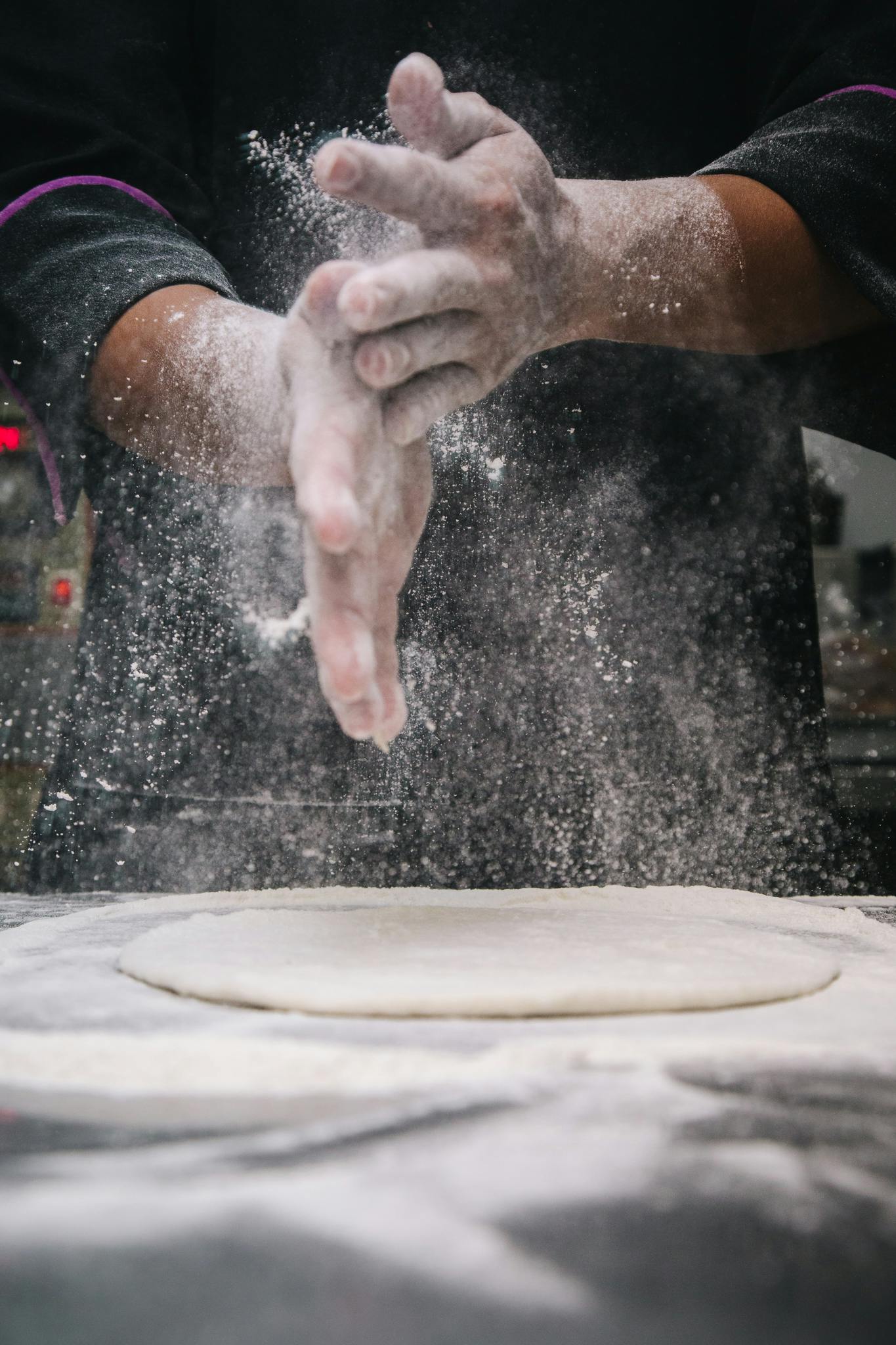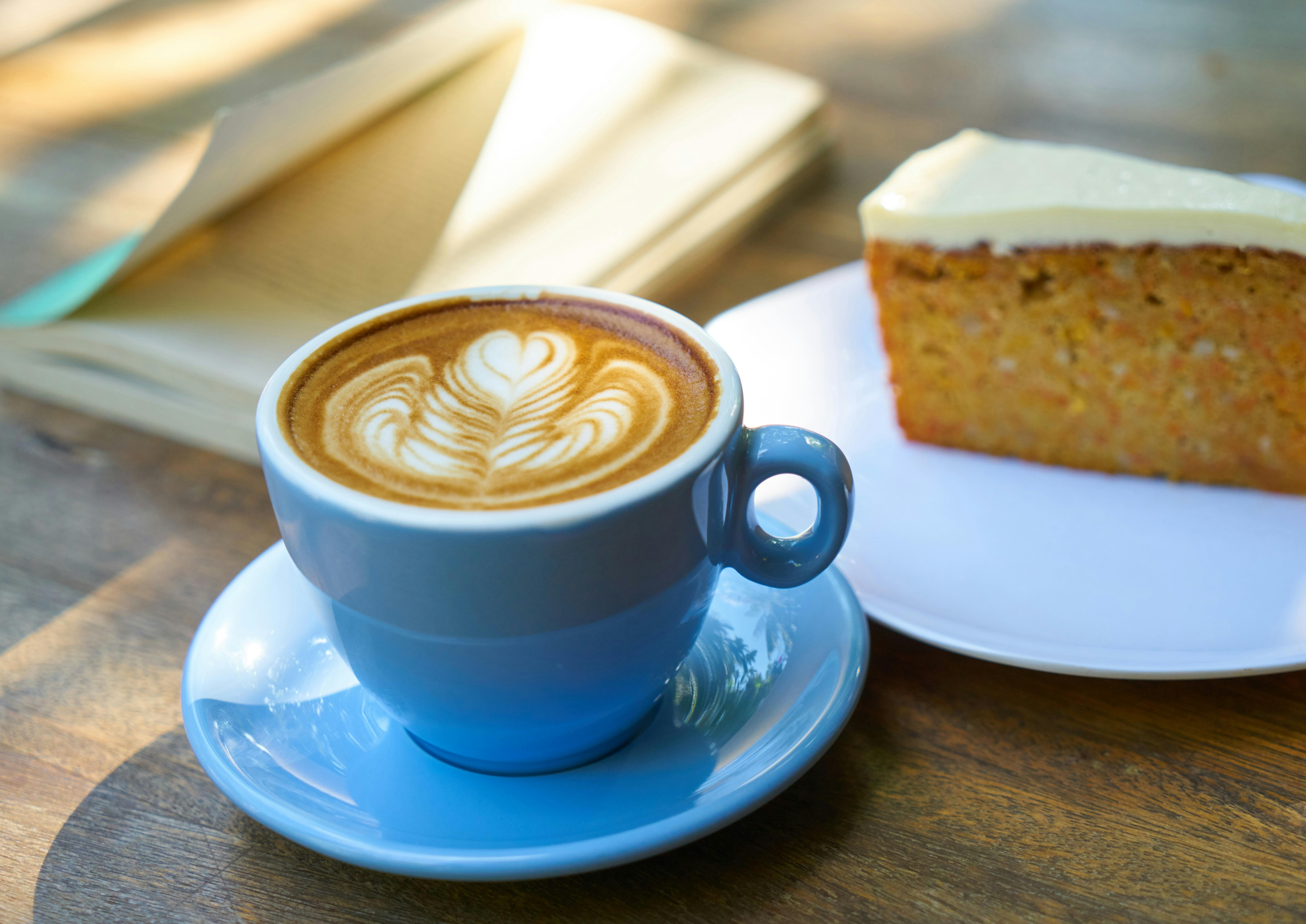Snap and Savor: Tips for Captivating Food Photography
Welcome to the world of culinary creativity and visual indulgence! If you’ve ever found yourself enticed by mesmerizing food photography, you’re not alone. In an era where social media feeds are brimming with mouthwatering images, mastering the art of food photography has become both a skill and an opportunity to showcase your gastronomic adventures.
But what sets apart captivating food photography from mundane snapshots? It’s the perfect balance of perplexity, burstiness, and predictability that draws viewers into a realm of sensory pleasure and anticipation.
The Perplexity of Food Photography
Capturing the essence of food requires more than just pointing and shooting. To create perplexity, your blog post will unravel the intricacies of this art form. Discover the secrets behind composing captivating food shots, including arranging ingredients, experimenting with lighting, and mastering fascinating angles that complement the textures and colors of your dish.
Burst of Creativity in Visual Storytelling
To truly captivate your audience, you’ll need to embrace burstiness in your photographs. Combine the use of varying focal lengths, experiment with depth of field, and embrace both simplicity and complexity in your compositions. By alternating between short and long sentences, your writing style will mirror the engaging nature of burstiness in food photography, keeping readers hooked from start to finish.
The Element of Unpredictability
With every image, create a sense of anticipation and unpredictability that leaves your readers yearning for more. Share tips and tricks for surprising and delighting your audience by showcasing unexpected angles or incorporating unique props to add an element of intrigue and excitement to your photographs. Encourage them to think outside the box and captivate their own viewers with their culinary creations.
In conclusion, this blog post aims to be your guide to navigating the world of food photography, providing you with the knowledge and inspiration to snap and savor every delectable moment. From mastering technical complexities to embracing your spontaneous creativity, get ready to wow your audience with captivating images that make their taste buds tingle. So, let’s dive into the fascinating universe of food photography and unleash your inner artist!

How can you capture captivating food photography?
Are you looking for tips and tricks to make your food photography stand out? Look no further! In this article, we will dive into the world of food photography and discuss effective techniques to capture captivating shots that will leave your viewers wanting more.
Whether you are a professional food photographer or just starting out, these tips will help you elevate your skills and create stunning visuals that bring out the essence of your culinary creations. Discover the secrets behind compelling food photography and learn how to make your dishes truly irresistible.
Now, let’s explore the different aspects that contribute to captivating food photography and how you can apply them to your own work. From lighting and composition to styling and editing, we will break down each element, providing you with practical insights and actionable advice.
Get ready to take your food photography to the next level. Join us in the next section as we delve deeper into Snap and Savor: Tips for Captivating Food Photography, where we will explore the intricacies of lighting and how it can make or break your shots.

Snap and Savor: Tips for Captivating Food Photography
The Art of Food Photography
Food photography has become an art form in its own right, captivating audiences and inspiring culinary enthusiasts worldwide. Whether you’re a professional photographer or an amateur foodie looking to up your Instagram game, these tips will help you capture mouthwatering images that leave viewers hungry for more.
1. Lighting is Key
One of the most important aspects of food photography is lighting. Natural light works best, so try to shoot near a window or outdoors. Avoid harsh, direct sunlight as it can create unflattering shadows. Soft, diffused light will enhance the textures and colors of your food, giving it an appetizing appeal.
2. Choose the Right Props
Selecting the right props can greatly enhance the overall composition of your photograph. Opt for plates, cutlery, and backgrounds that complement the colors and theme of the dish. Consider the textures and materials of the props to create an enticing visual narrative that transports viewers into the world of your dish.
3. Composition and Styling
The way you arrange and style the elements within the frame can make or break your food photograph. Experiment with different compositions, angles, and perspectives to create visual interest and draw attention to key ingredients. Use the rule of thirds to guide your composition and create a balanced and visually pleasing image.
4. Focus on Details
Highlight the intricacies of your dish by focusing on its details. Zoom in on the textures, patterns, and colors that make it unique. Capture the glistening droplets of a sauce, the delicate sprinkles of herbs, or the steam rising from a freshly cooked dish. These close-up shots create a sense of intimacy and allow viewers to appreciate the finer aspects of your food.
5. Play with Depth of Field
Experimenting with depth of field can add depth and dimension to your food photography. Using a wider aperture (low f-stop number) will create a shallow depth of field, keeping the main subject sharp while blurring the background. This technique can help create a sense of focus and draw attention to specific elements of your dish.
6. Tell a Story
Food photography is more than just a snapshot of a dish; it should tell a story. Consider the narrative you want to convey and the emotions you want to evoke. Are you capturing the warmth and comfort of a homemade meal or the elegance and sophistication of a gourmet dish? Incorporate elements that enhance the storytelling aspect of your photograph, such as ingredients, cooking utensils, or even the hands of the chef.
7. Edit with Care
Post-processing is an essential step in food photography. Use editing software to enhance the colors, adjust the exposure, and sharpen the image. However, be careful not to overdo it. Maintain a natural look that accurately represents the dish while subtly enhancing its visual appeal.
Did You Know?
The global food photography market is projected to reach a value of $3.9 billion by 2027, driven by the rising popularity of food blogs, social media platforms, and the growing interest in culinary experiences.
By following these tips and exploring your creativity, you’ll be on your way to capturing captivating food photography that leaves viewers craving more. Remember, the key is to embrace the complexity, burstiness, and unpredictability of your subject matter to create captivating images that stand out in the ever-evolving world of food photography.

Conclusion: Going Beyond the Plate – Unleash Your Creativity with Food Photography
In this comprehensive guide to food photography, we explored various tips and techniques to help you capture stunning images that go beyond mere documentation. From understanding lighting and composition to styling your shots, we dived deep into the world of food photography and uncovered the secrets to create captivating visuals that make viewers salivate.
One of the key takeaways from this article is the importance of experimenting with different angles and perspectives. By breaking away from conventional compositions, you can add a touch of unpredictability to your images and create visual intrigue. Whether it’s getting up close and personal with your subject or shooting from overhead to showcase the entire spread, embrace the burstiness of diverse perspectives and challenge the norms to truly captivate your audience.
Additionally, we discussed the significance of incorporating elements of storytelling into your food photography. By artfully arranging props, creating context, and capturing the perfect moment, you can evoke emotions and transport your viewers into a narrative world. Let your imagination and creativity run wild, and guide your audience through a journey that takes them beyond the plate.
In conclusion, mastering the art of food photography requires a nuanced approach that combines perplexity, burstiness, and predictability. By embracing complexity, utilizing varied sentence structures and engrossing your audience with unexpected twists and turns, you can create content that truly mirrors the human experience. So, channel your inner artist, experiment fearlessly, and capture delectable moments that leave viewers longing for more.




